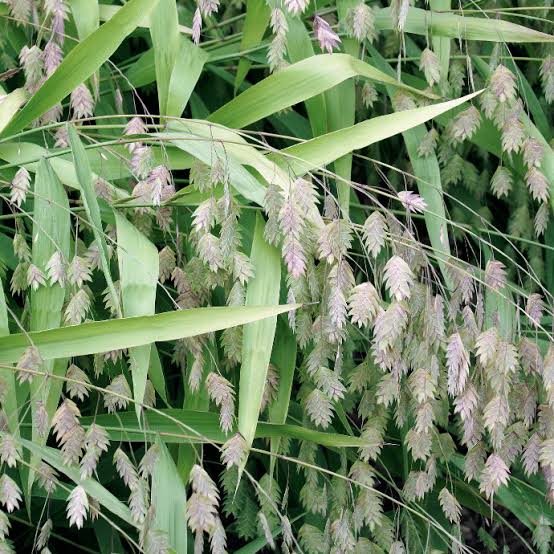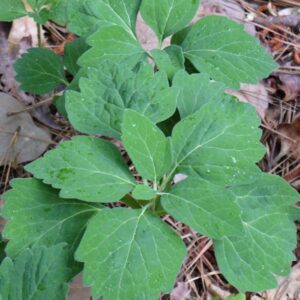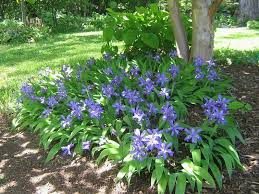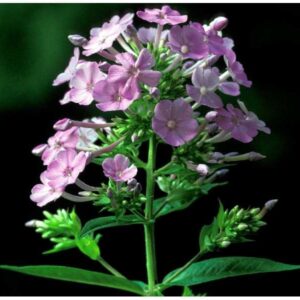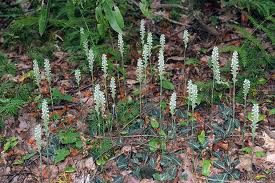Chasmanthium latifolium, River Oats, Wholesale Native Bare Root Perennials, Grass
$4.00
Out of stock
Chasmanthium latifolium, River Oats, Wholesale Native Bare Root Perennials, Grass
(requires a minimum purchase of 25 plants, must be purchased in groups of 5)
Wholesale pricing is based on quantity.
25 or more $4.00 each
50 or more $2.25 each
300 or more $2.00 each
For Shipping, Install and additional info please see “About Bare Root“.
Native bare root perennials are dug and shipped while dormant, mid October to early spring.
See all available Native Bare Root Perennials
Check the native status of this species for your area via the USDA Plants Database here.
Order Minimum
There is a minimum order total of $150.00.
before tax (VA residents only) and shipping.
There are NO EXCEPTIONS.
Description
Chasmanthium latifolium, River Oats, Wholesale Native Bare Root Perennials, Grass
Inland Sea Oats, Indian Wood Oats, Wild Oats, , Flathead Oats, Upland Oats, Upland Sea Oats
Poaceae (Grass Family)
Synonym(s): Uniola latifolia
USDA Symbol: chla5
USDA Native Status: L48 (N)
This is a 2-4 ft., clump-forming, perennial grass bearing large, drooping, oat-like flower spikelets from slender, arching branches. The blue-green, bamboo-like leaves often turn a bright yellow-gold, especially in sunnier sites, in fall.
Very popular as a low-maintenance shade grass, Inland sea oats is notable for its large, graceful seedheads. Sending up blue-green basal leaves in earliest spring, it can be 2 feet tall and a vivid green by May, with translucent green seedheads swaying in the breeze. By mid-summer, the seeds will have turned an attractive ivory and will turn brown in a few months before dropping off. It passes through most of winter a soft brown, but becomes tattered and gray by February, a good time to cut it back to the basal rosette. It reseeds easily and can expand aggressively within a couple of years, making a solid mat in moist loams. It has been used to prevent soil erosion along streams. The seed stalks are attractive in flower arrangements.
Plant Characteristics
Duration: Perennial
Habit: Grass/Grass-like
Root Type: Fibrous
Leaf Retention: Deciduous
Leaf Arrangement: Alternate
Leaf Complexity: Simple
Leaf Venation: Parallel
Inflorescence: Spikelet
Fruit Type: Caryopsis
Size Notes: 2 to 4 feet tall
Leaf: Green
Fruit: Tan
Bloom Information
Bloom Color: Green
Bloom Time: Jun , Jul , Aug , Sep
Distribution
USA: AL , AR , AZ , DC , DE , FL , GA , IA , IL , IN , KS , KY , LA , MD , MI , MO , MS , NC , NJ , NM , OH , OK , PA , SC , TN , TX , VA , WI , WV
Native Distribution: Eastern North America, from PA south to n. FL, west as far as s. IL, e. KS, and central TX and south to Nuevo Leon in northeastern Mexico
Native Habitat: Shaded slopes; low thickets; stream banks
Growing Conditions
Water Use: Medium
Light Requirement: Part Shade , Shade
Soil Moisture: Moist
Soil pH: Acidic (pH<6.8)
CaCO3 Tolerance: Low
Soil Description: Moist sands, loams, and clays. Poorly drained okay.
Conditions Comments: Avoid planting in continuous full sun, as its leaves turn yellowish without adequate shade. The more water it receives, the more tolerant it will be of intense sun, but it still prefers shade.
Benefit
Use Ornamental: An attractive, dense-covering grass for shade, with decorative seedheads. Also good in pots.
Use Wildlife: Seeds eaten by small mammals and granivorous birds. Leaves provide graze for mammals. Stems and leaves used as nesting material by birds.
Use Other: Cut seed stalks decorative in dried arrangements.
Interesting Foliage: yes
Attracts: Butterflies
Larval Host: Pepper & salt skipper butterfly, Bell’s road side skipper butterfly, Bronzed roadside skipper butterfly
Deer Resistant: High
For Shipping, Install and additional info please see “About Bare Root“.
Native bare root perennials are dug and shipped while dormant, mid October to early spring.
See all available Native Bare Root Perennials
Check the native status of this species for your area via the USDA Plants Database here.
Related products
-

Pachysandra procumbens, Allegheny pachysandra, Native Bare Root Perennial
$8.00 Add to cart -

Iris cristata, Dwarf Crested Iris, Native Bare Root Perennial
$8.00 Add to cart -

Phlox paniculata, Fragrant Tall Summer Phlox, Native Bare Root Perennial
$8.00 Add to cart -

Goodyera pubescens, downy rattlesnake plantain, Native Bare Root Perennial
$8.00 Add to cart
